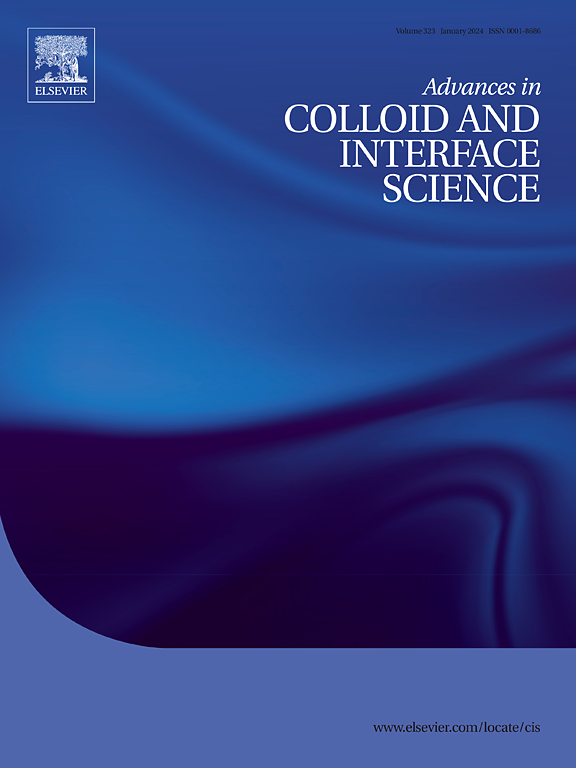用于下一代柔性超级电容器的基于mxene的复合材料的进展:从设计和开发到应用
IF 15.9
1区 化学
Q1 CHEMISTRY, PHYSICAL
引用次数: 0
摘要
柔性超级电容器(FSCs)无处不在地集成到先进的小型化设备、可穿戴设备和便携式电子技术中。FSCs的吸引力在于其灵活性、紧凑的尺寸和重量轻,这促使了FSCs领域的广泛研究。超级电容器器件的性能在很大程度上取决于电极材料的选择和电极-电解质界面的相互作用。在这种背景下,MXene作为一类迅速发展的二维材料,由于其高导电性、独特的层状结构、可观的表面积、优异的亲水性和丰富的表面末端基团,在令人兴奋的柔性器件领域引起了极大的关注。MXene的这些有趣属性对界面电荷的储存和传输机制有重要影响。本文综述了MXene和基于MXene的柔性超级电容器电极材料的最新进展。回顾深思熟虑地提出了灵活性方面,随后讨论了器件设计和制造。基板在促进柔性方面的作用,这是固态电解质所必需的,以及不同器件结构对界面稳定性的影响。这篇综述综合讨论了影响MXene材料性能的因素,特别关注了包括组成、结构、电极-电解质相互作用、电极形态和器件结构在内的特征。此外,本文还对MXene和MXene基复合材料的制备工艺、电化学性能和机械弹性进行了广泛的研究。有了这些见解,本文提出了一个前瞻性的路线图,描绘了用于柔性超级电容器的基于mxene电极材料的挑战和机遇。本文章由计算机程序翻译,如有差异,请以英文原文为准。

Advances in MXene-based composites for next-generation flexible supercapacitors: From design and development to applications
Flexible supercapacitors (FSCs) are ubiquitously integrated into advancing miniaturized gadgets, wearables and portable electronic technologies. The allure of FSCs lies in their flexibility, compact size, and lightweight, which has compelled extensive investigation in the domain of FSCs. The performance of supercapacitor devices is largely determined by the choice of electrode material and the interaction at the electrode-electrolyte interface. In this context, MXene, an expeditiously expanding class of 2D materials, have garnered significant attention in the exciting field of flexible devices, owing to their high electrical conductivity, distinctive layered structure, substantial surface area, excellent hydrophilicity, and abundant surface terminal groups. These interesting attributes of MXene critically influence interfacial charge storage and transport mechanisms. This review strives to discuss the latest developments in MXene and MXene-based electrode materials for flexible supercapacitors. The review thoughtfully presents the aspects of flexibility, followed by discussions on device designing and fabrication. The role of substrate in fostering flexibility, requisite for solid-state electrolyte, and the influence of diverse device architecture on interfacial stability are closely scrutinized. The review incorporates a comprehensive discussion of the factors impacting the performance of MXene materials, with a particular focus on the features including composition, structure, electrode-electrolyte interaction, electrode morphology and device architecture. Besides, this review extensively investigates fabrication routes, electrochemical performance and mechanical resilience of MXene and MXene-based composites for FSCs. Armed with these insights, the review proposes a prospective roadmap delineating the challenges and opportunities in the advancement of MXene-based electrode materials for flexible supercapacitors.
求助全文
通过发布文献求助,成功后即可免费获取论文全文。
去求助
来源期刊
CiteScore
28.50
自引率
2.60%
发文量
175
审稿时长
31 days
期刊介绍:
"Advances in Colloid and Interface Science" is an international journal that focuses on experimental and theoretical developments in interfacial and colloidal phenomena. The journal covers a wide range of disciplines including biology, chemistry, physics, and technology.
The journal accepts review articles on any topic within the scope of colloid and interface science. These articles should provide an in-depth analysis of the subject matter, offering a critical review of the current state of the field. The author's informed opinion on the topic should also be included. The manuscript should compare and contrast ideas found in the reviewed literature and address the limitations of these ideas.
Typically, the articles published in this journal are written by recognized experts in the field.

 求助内容:
求助内容: 应助结果提醒方式:
应助结果提醒方式:


